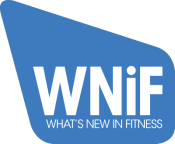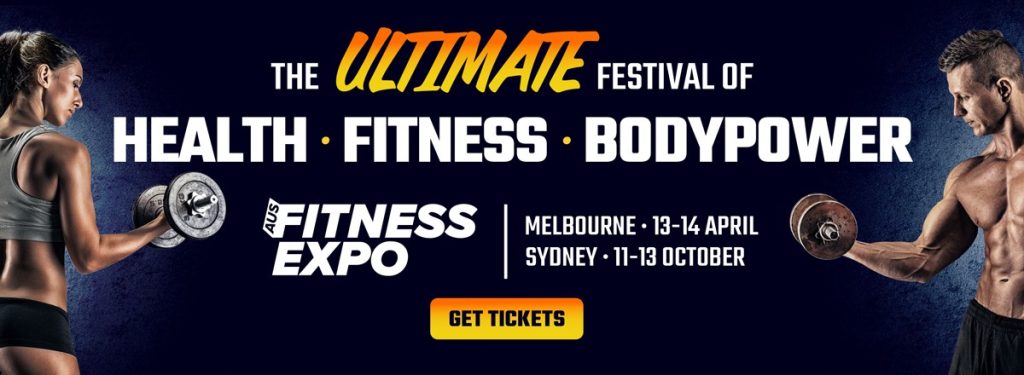Article updated in July, 2023.
Original article by Jen Dugard. Jen was one of the first fitness professionals in Australia to understand the need for partnerships with pelvic health physiotherapists to ensure best practices. She developed and launched her pre and postnatal trainer certification ‘Safe Return to Exercise’ in 2016. Safe Return to Exercise has been delivered to thousands of exercise professionals in Australia, New Zealand, Singapore, Taiwan & Bermuda.
As Fitness Professionals, even if we are not properly trained in working with pregnant or postnatal clients, we have usually picked up some form of recommended information along the way.
One of these being ‘don’t do anymore ‘abs’ work’ – which makes sense given tighter abdominals would make it harder for a growing baby and for those that have heard of ‘Abdominal Separation’ we understand that this occurs at the linea alba and ‘abs work’ could add extra pressure and potentially cause or make it worse.
In this article, I wanted to give you a little more insight into why you may have been told to stop doing ‘abs’ work and also where you can start and what to add in instead – because, really you do want to continue strengthening your pregnant clients abdominals – it’s just we need to concentrate on the muscles on the inside rather than her outer abdominal wall.

Working with pregnant PT clients
So when we tell our pregnant clients we won’t be doing any more abs work, do we understand why?
And do we know what to do instead?
The longer (but still kinda short) version is that it’s not all about the rectus; in fact, in my humble (and note – not formally researched) opinion, but based on many years of working with pregnant and postnatal mums, I have a particular interest in her oblique’s and whether she walks around on a daily basis with them ‘on’. Many women do – in an attempt to ‘appear to have a smaller waist’ we develop patterns of sucking in or bracing our obliques.
As Fitness Professionals this is the perfect time to begin talking to our pregnant mums about seeing a Women’s Health Physio who will help her to learn how to properly switch on through her pelvic floor and transverse abdominus (TA), ideally, whilst keeping her obliques nice and relaxed.
We can also encourage her to ‘let it hang out’ a little aka “stop sucking her belly in” – the baby has to grow and I believe the more we can help a woman’s body adapt to this process rather than working against it, the more we can possibly help to prevent of a number of postnatal contraindications being more severe.
When we have properly taught our mums to activate their pelvic floor and TA and ideally they have been to a women’s health physiotherapist to make sure what we have taught them is ‘correct’ in our sessions, we can then check in and monitor that she is keeping her oblique’s relaxed through her basic pelvic floor and TA breathing exercises and that we are not overloading them during our sessions.
Yes, she needs to maintain her mobility but she doesn’t need excess pressure on her linea alba or further shortening of her oblique muscles.

This article was written by Jen Dugard for the Summer 2018 Edition of the WNiF Magazine.
Want to know more?
It is Jen’s mission to ensure that every single fitness professional has a sound general knowledge in working with ‘mums’ and she would love to support you in making sure you are a valuable part of this mission. If this article has piqued your interest you can learn more either in Jen’s face-to-face or online Safe Return to Exercise course Jen directly at jen@jendugard.com.

Body Beyond Birth: Helping new mums reclaim their body and health
Not many business partners strategize while trying on clothes, or hold meetings from their home Pilates reformer machines. But Becky Dyer and Jackie Steele, the Co-Founders of Body Beyond Birth, are women on a mission. Both working mums who juggle school drop-offs, client meetings, family meals, and five children between them, the pair are familiar

The Game Plan for ACL Injury Prevention
In the fast-paced world of fitness and sports, preventing injuries is crucial for both professional athletes and casual fitness enthusiasts. One common injury that plagues many is the Anterior Cruciate Ligament (ACL) injury. This article will provide a comprehensive understanding of ACL injuries, their prevalence, preventive strategies that can be taken, and risk factors that

Menopause and Exercise: The Importance of Staying Active
Menopause brings about changes in various areas of a woman’s health. From shifting body composition and menstrual cycles to temperature fluctuations and emotional challenges, this period (which can go on for years) is often a challenging time. When it comes to menopause and exercise, women may find that what previously ‘worked’ for them, no longer

Book your Spot at the 2023 Aqua Summit
Act fast as tickets are running out for the inaugural Industry Forum and Aqua Summit. This is an exciting opportunity for everyone in the aquatic exercise space for both networking as well as education and development. The 2023 Aqua Summit is the first of its kind and is scheduled for October, with the Industry Forum

Will AI Replace Fitness Trainers? Here’s what we think…
Since ChatGPT started dominating conversations in around February this year, Australians have been wondering which occupations are going to become obsolete. AI has been working its way into the fitness industry for years now via some pretty awesome apps and wearable technology, but with the accessibility of customisable nutrition plans and workouts for the everyday

Close the Gap: Expert Advice on Managing Diastasis Recti with Exercise
Diastasis recti is a common condition that occurs when the rectus abdominis muscles (the muscles that make up the six-pack) separate along the linea alba, the connective tissue that runs down the centre of the abdominal wall (1). This separation can lead to a bulge in the midline of the abdomen, a symptom sometimes referred

